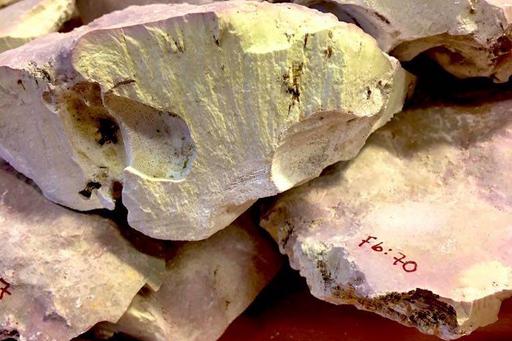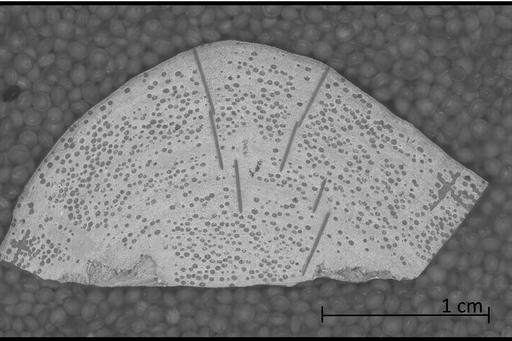
Calcareous algae as paleoclimate archives: predicting future from past salinity regimes in Arctic waters
Short description
The aim of the project is to calibrate, evaluate and develop Algochronology, a methodology that uses the capacity of long living calcifying red algae as historical climate archives. These algae deposit calcium carbonate in annual growth bands similar to tree-rings. Within these bands they incorporate isotopes and elements differently depending on changes in the marine environment. By extracting material from these layers, detailed reconstructions can be made on how climate-related factors have changed on a yearly basis. Focus is set on salinity change around Svalbard and Greenland over the past hundreds of years, something that can be related to today's rapid melt off of ice layers and glaciers. The outcome will provide information on historical Arctic salinity regime variability that can serve as a framework for future climate modelling.


Other members
Prof. Hans W. Linderholm, Department of Earth Sciences, University of Gothenburg
Prof. Jochen Halfar, Department of Chemical & Physical Sciences, University of Toronto Mississauga, Canada
Prof. Jason Hall-Spencer, School of Biological and Marine Sciences, University of Plymouth UK